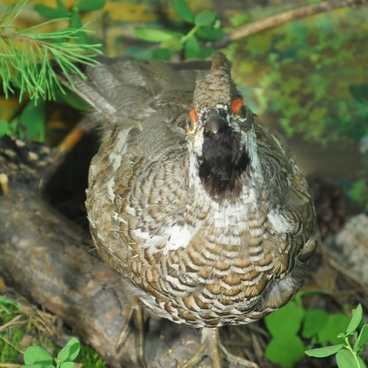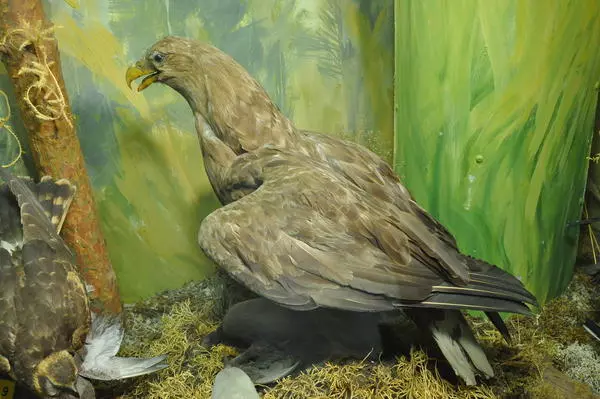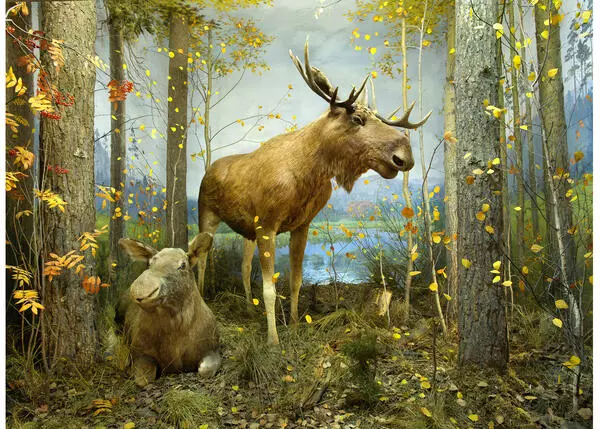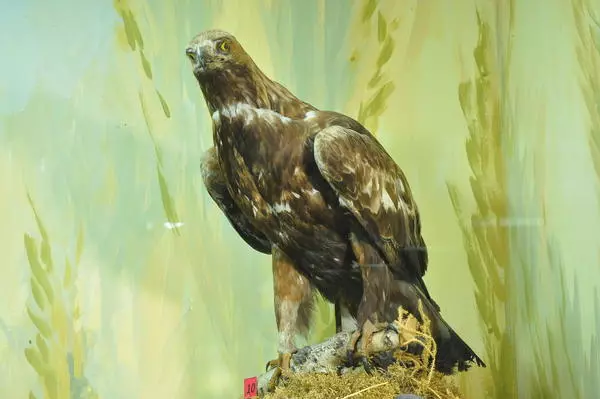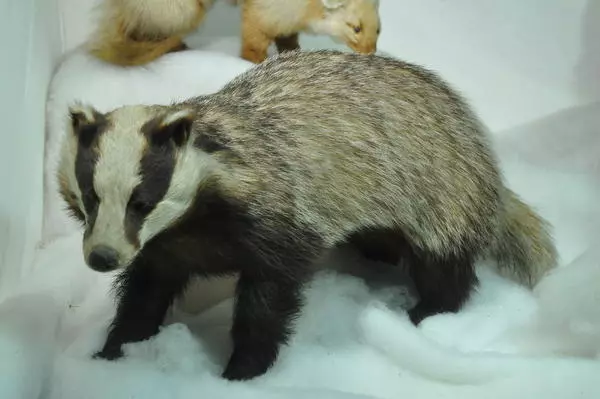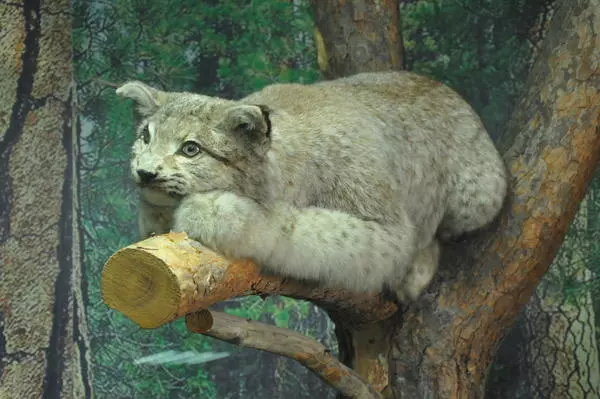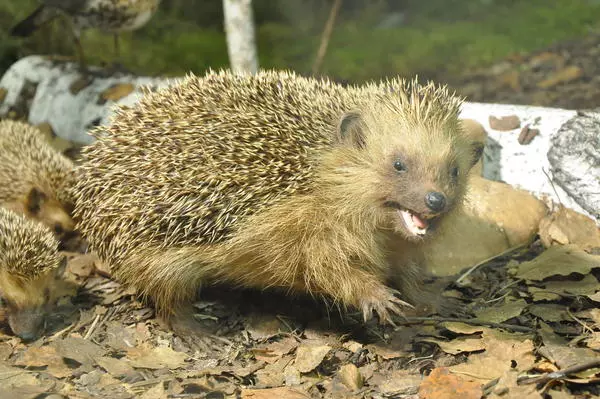The wood-grouse is a large bird from the Teteraonidae family of Galliformes order. Its Latin name is Tetrao urogallus. It differs from the grouse in its size, large slightly rounded tail and absence of white stripes on the wings.
The feather of the male is mainly dark-toned, with white spots on the belly. The female has a protective motley coloring: a mixture of rusty yellow, rusty red, dark-brown and white. This color is necessary for disguise during nesting.
The weight of a male can reach 6.5 kg, and females are often about three times less. The wood grouse flies hard making a lot of noise, often clapping its wings, and it does not make long flights. It usually spends the day on the ground, but sleeps on trees.
You can only hear the voice of males on the lekking ground, otherwise they are extremely silent. The courting song is short, just a few seconds, and can be conditionally divided into two parts. The first part is clicking - dry double clicking.
The second is ‘grinding’. During this time the wood grouse hears absolutely nothing, and this is why it got its name in Russian – the ‘deaf one’. During courting, the male, with all its feathers ruffled up, is in a very excited state. A courting wood grouse takes a very specific posture - its vertically raised tail is spread open like a fan, its neck is straight and its head is raised up, while the ends of its wings are lowered.

